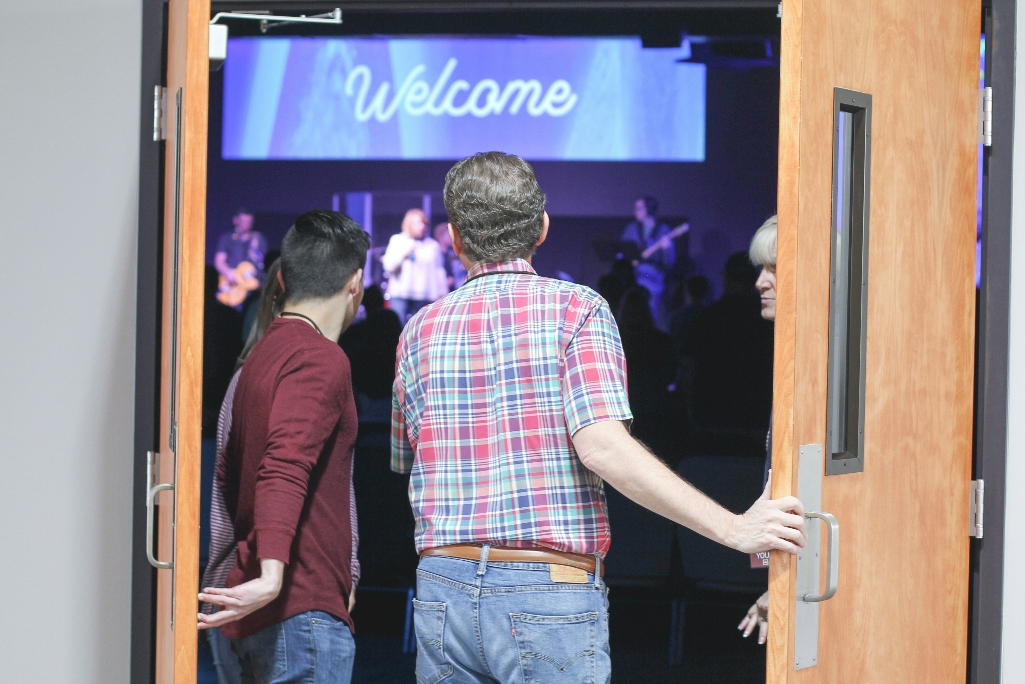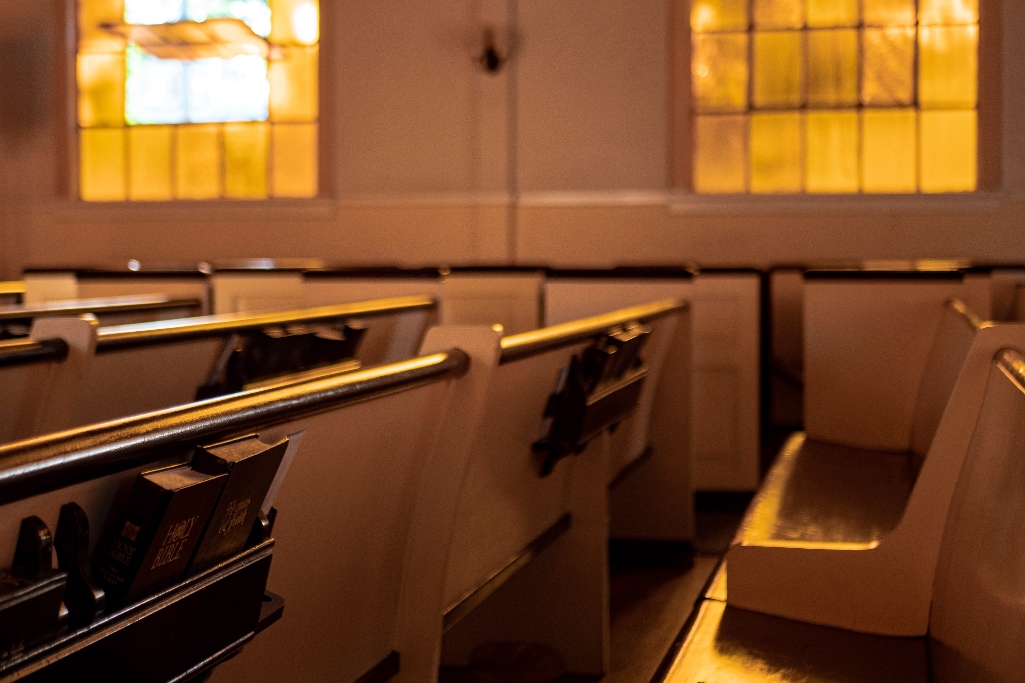
NASHVILLE (BP) — Throughout 2020 and into 2021, predictions emerged about the COVID-19 pandemic’s long-term effects on churches. Those included that a hybrid experience would become the norm, an abundance of church closures was on the horizon and in-person numbers may never fully recover.
Online service options have become accepted as part of a church’s overall ministry. And church closures did outpace openings in the U.S.
An October 2024 Pew Research study, however, indicates that Americans have largely returned to church attendance as they did before.
In July 2020, only 6% of churches were holding normal in-person services, according to regular attendees responding to the study.
Lifeway Research reported that while few churches had returned to pre-COVID attendance levels in October 2020, by the following spring, attendees had vowed to return to church, especially for in-person gatherings. A survey released in the fall of 2021 proclaimed that almost all Protestant churches and most churchgoers were back to gathering in person.
The recent Pew study confirmed that by March 2022 the return to in-person attendance was well underway. But even so, only 43% of respondents to that survey said their church or house of worship had returned to pre-pandemic operations. COVID concerns remained on some level, as evidenced later that year when outbreaks of a new strain prompted church leaders yet again to temporarily move to online-only services.
Overall church attendance had been dropping even before the pandemic, but the recent findings showed “remarkable stability” for houses of worship amid “widespread upheaval,” the study’s authors said.
In October 2024, Pew stated that only 10% of respondents said COVID-19 had “a lot of impact” on their religious or spiritual lives, while 69% said it had “no impact at all.”
Six surveys conducted by Pew Research between 2020 and 2024 showed a steady range of 40%-43% of respondents saying they participated in worship services in some way. The questions were asked of a broad spectrum of Americans, not just Christians or regular churchgoers.
The October 2024 study reflects an increase in both in-person (28% to 32%) and online or TV (24% to 27%) participation from the last time those questions were asked in 2023.
Unsurprisingly, circumstances in the spring of 2020 led to that July Pew study reporting that 36% of respondents were attending virtually versus 13% in person. By October 2024, the virtual number had dropped, though still significant, to 27% while in-person attendance jumped to 32%.
And while in-person gathering is still the preference, studies do reflect a minor change in attendance habits.
“There may be a small net decrease in in-person attendance: 13 percent of Americans say they attend in person less often than they did before the pandemic, while just seven percent say they now attend more often,” the report said. “But that difference is almost exactly offset by an increase in virtual participation: 13 percent of Americans say they watch services online more often than they did before the pandemic, while six percent say they now watch less often.”
Toward the end of 2020, church leadership author, podcaster and speaker Carey Nieuwhof offered five predictions for how in-person church attendance would be affected by the pandemic in the future.
While repeating his contention that in-person worship “was here to stay,” his predictions centered around how definitions of church involvement will remain in flux but must always work to make people part of the church’s mission.
“It’s important to remember that culture never asks permission to change. It just changes,” he wrote. “So maybe think about it in a fresh paradigm. …[A]sk yourself why ‘attendance’ is still a litmus test for devotion.
“Is it a little like saying in sports that only people in the stadium are true fans? Or only people who buy an iPhone from the Apple store in person are real customers?
“You and I know that’s not true.”
(EDITOR’S NOTE — Scott Barkley is chief national correspondent for Baptist Press.)

